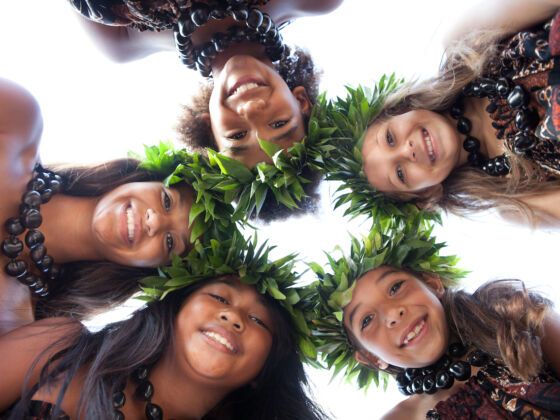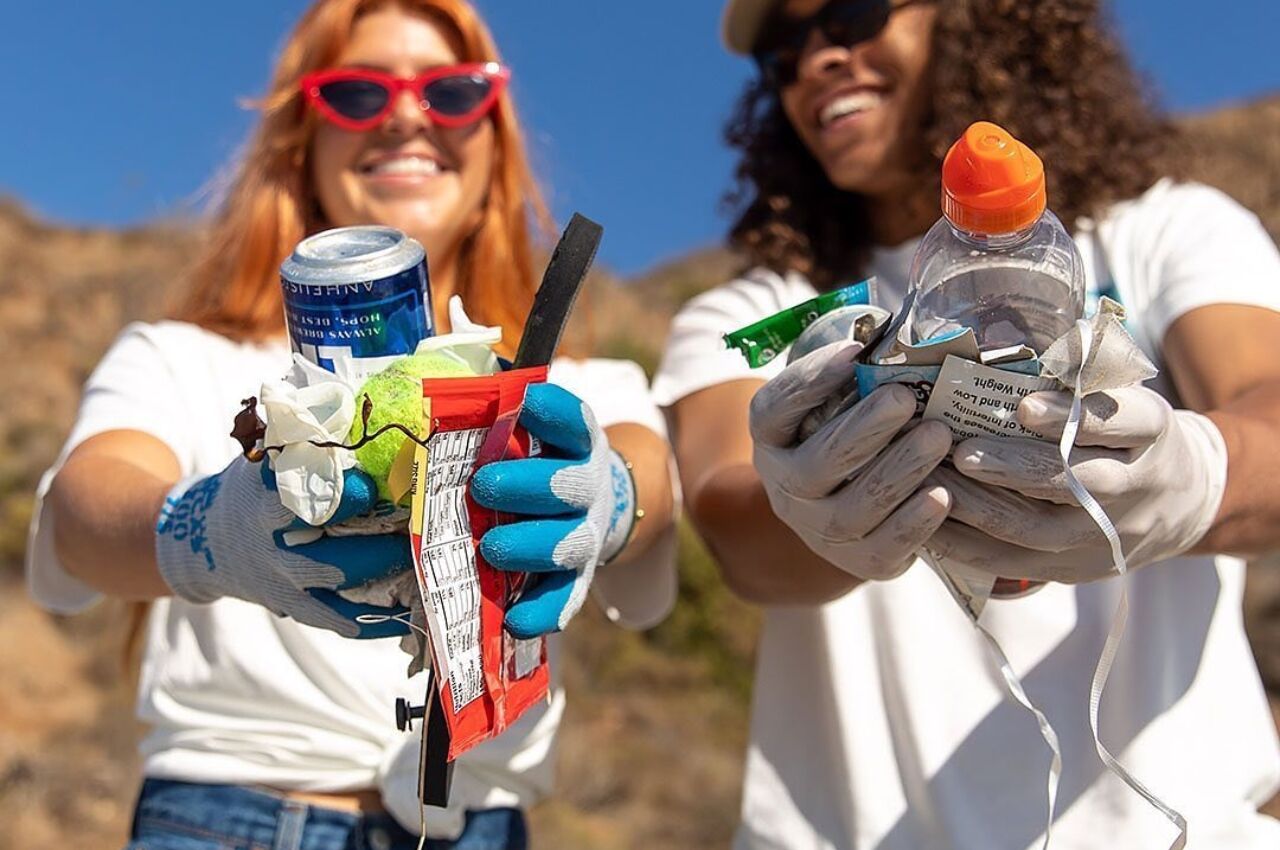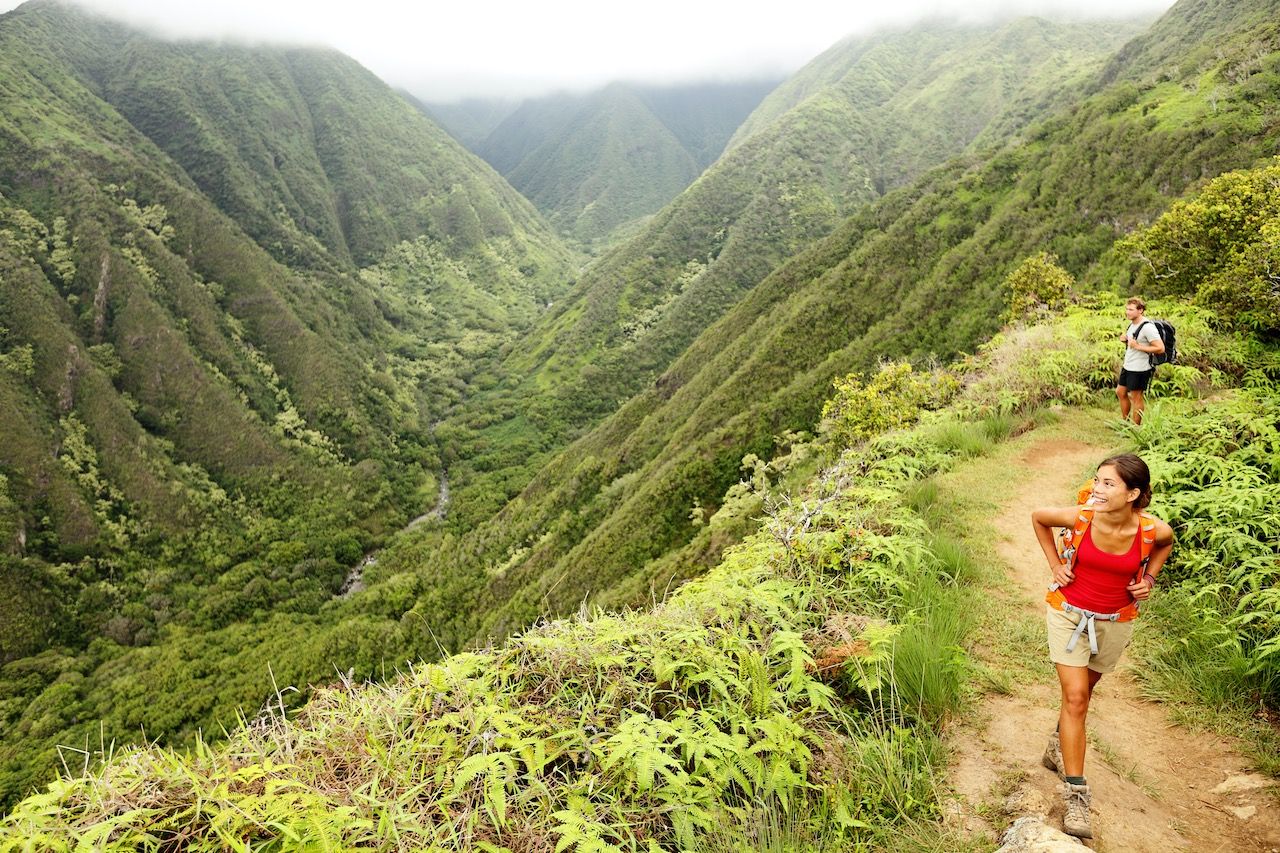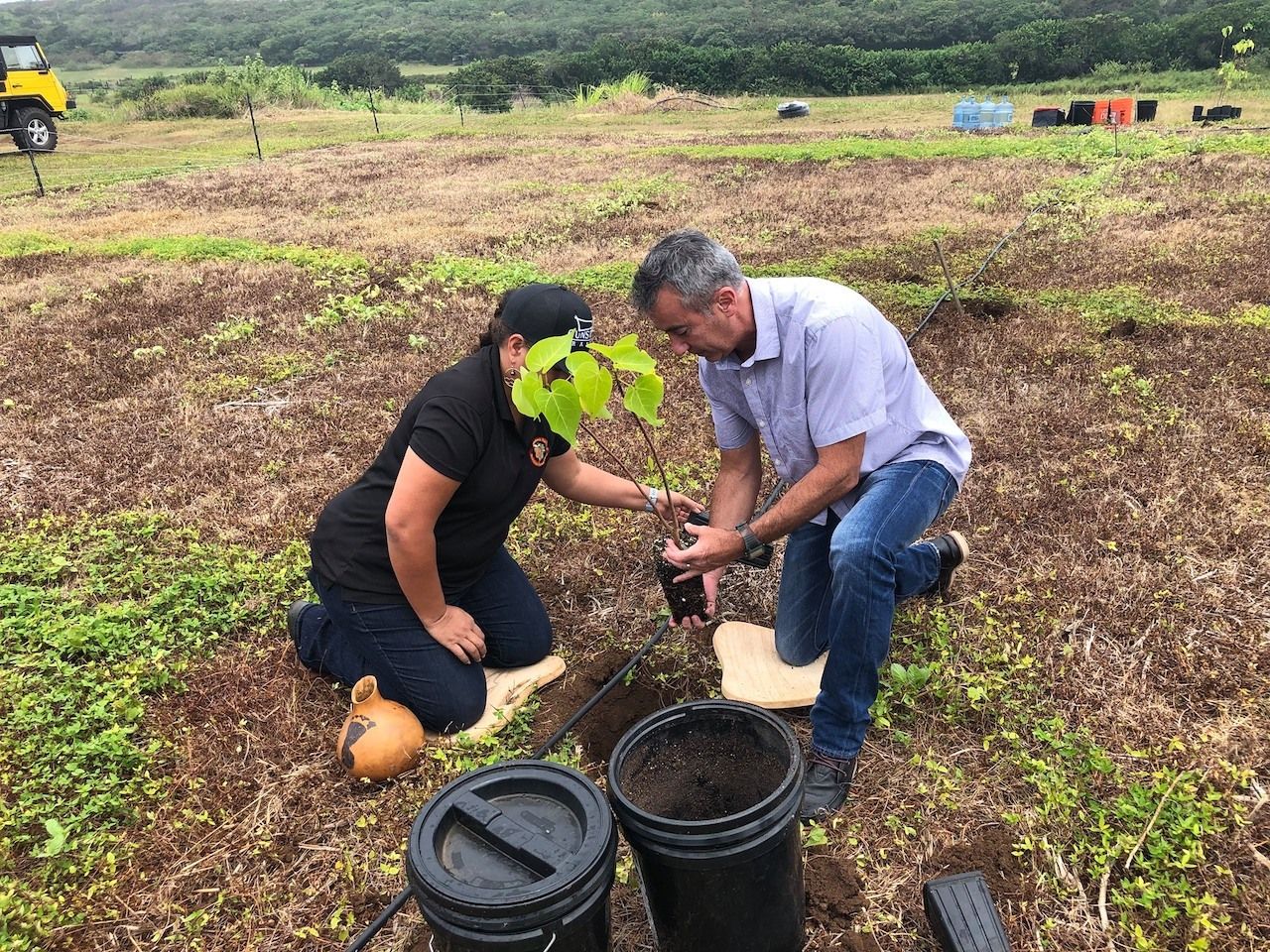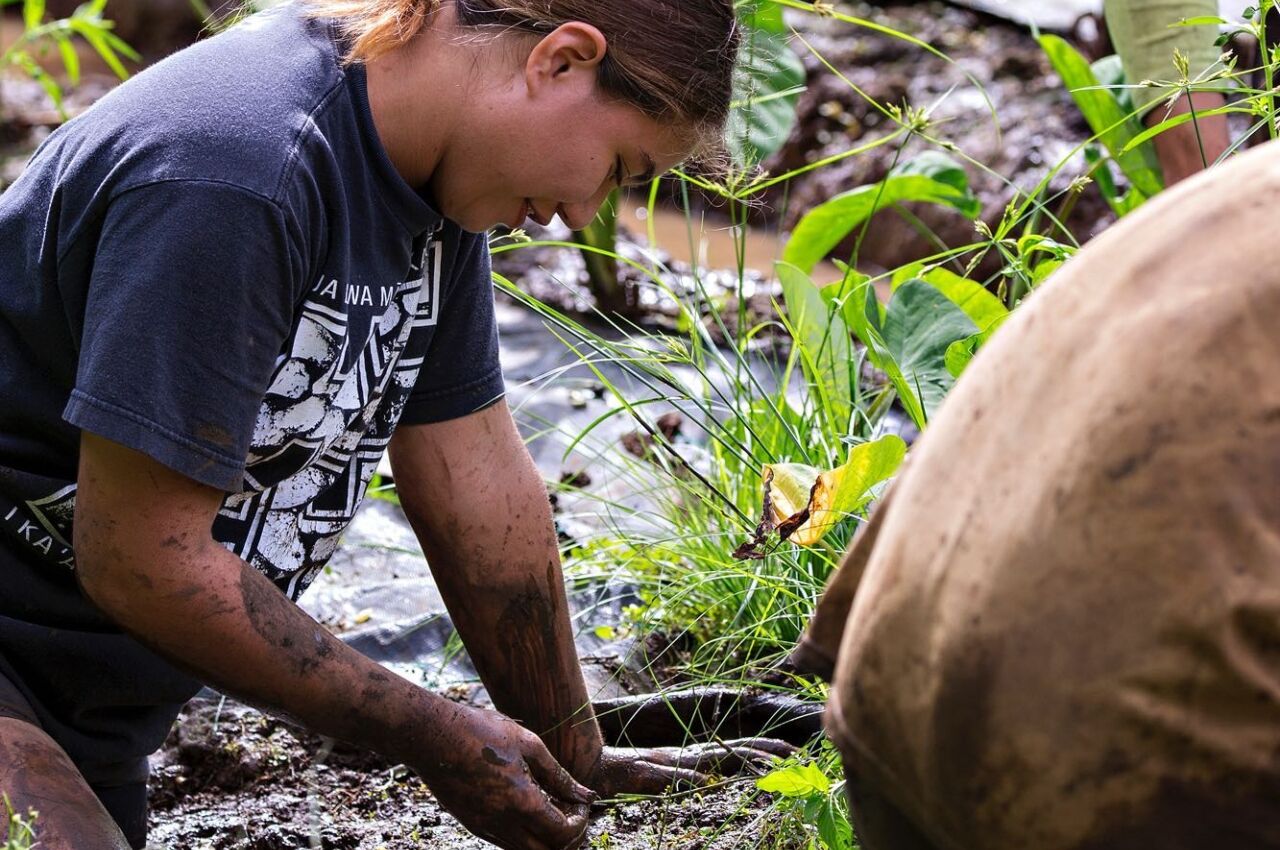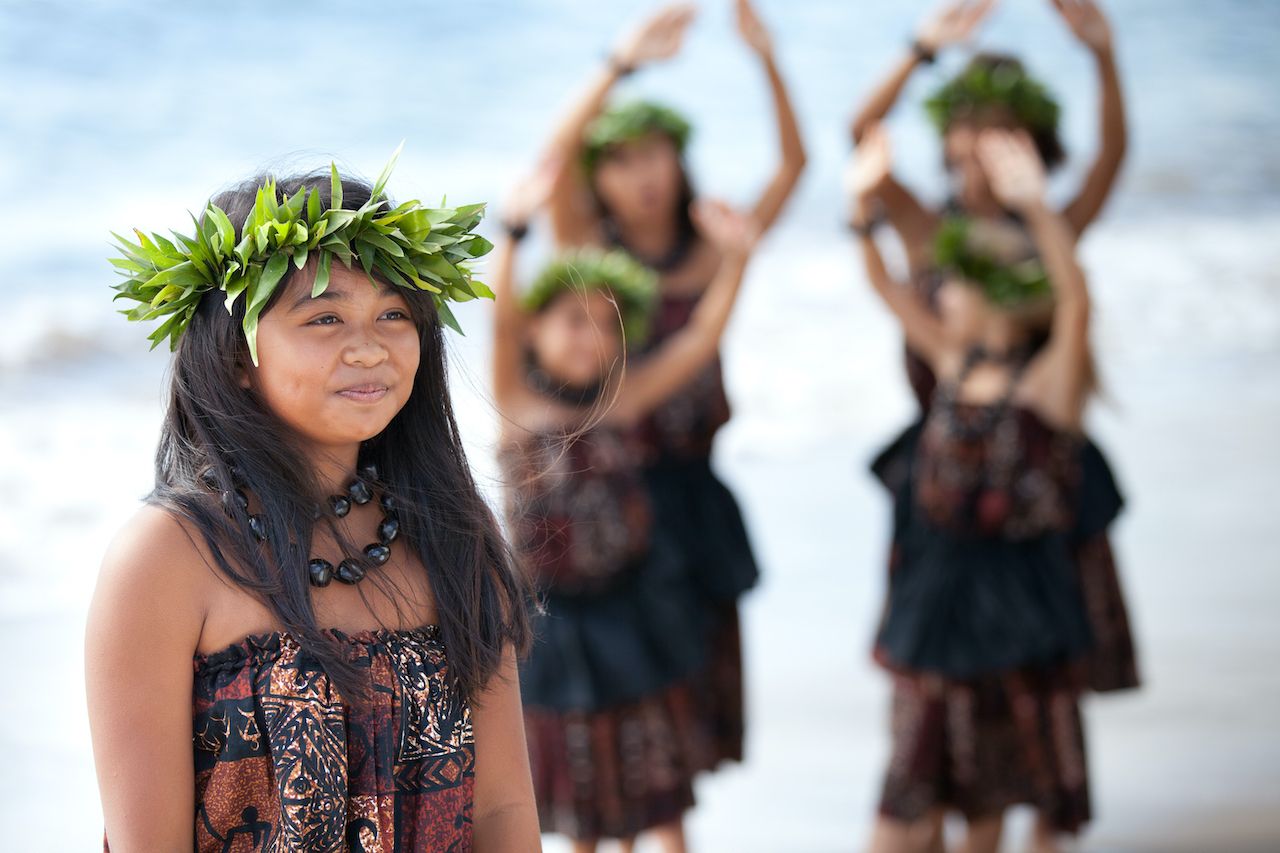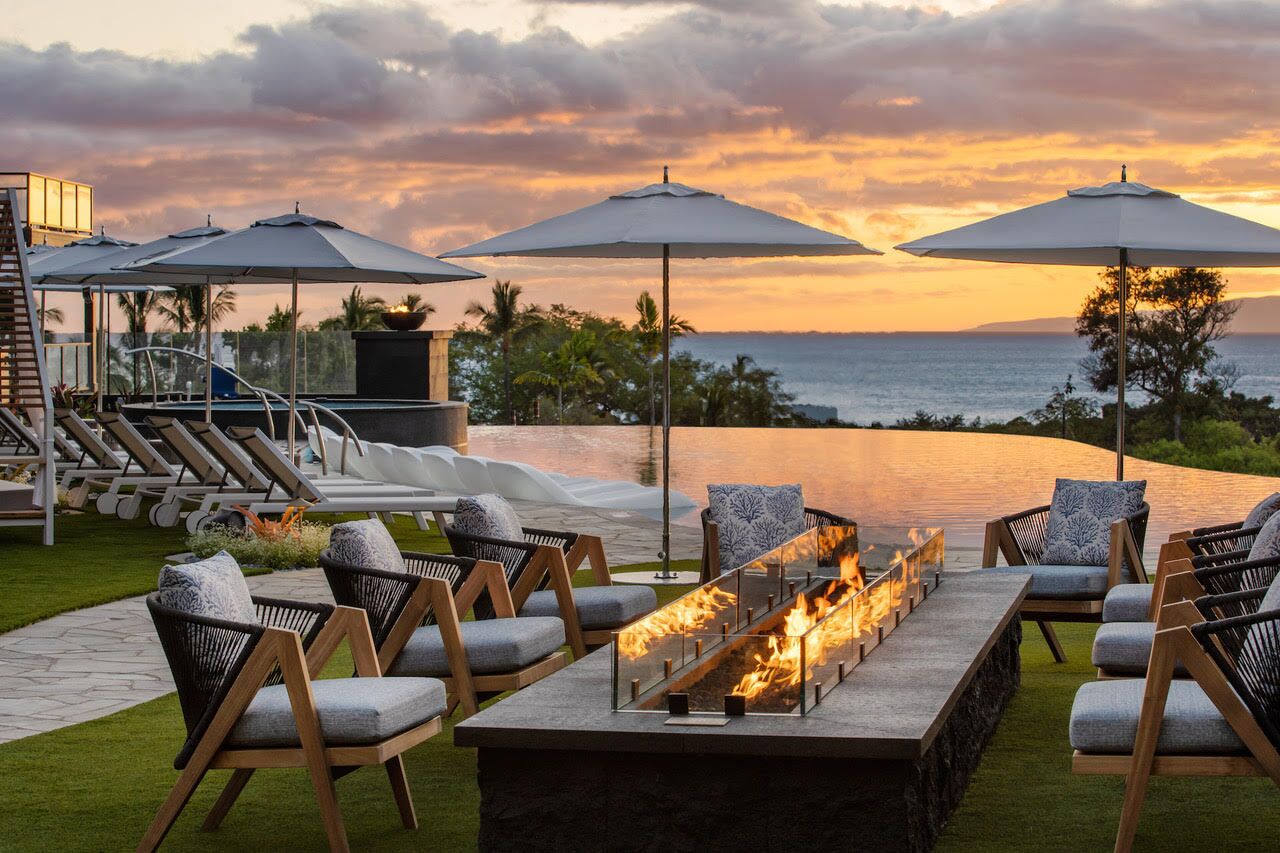On your next trip to Hawaii, add one more word to your local vocabulary: mālama. Mālama means taking care of something, and it’s central to how Hawaiians relate to their beautiful islands. By embracing that idea and actually giving back on your next trip, we’re sure you’ll have the best Hawaii vacation you’ve ever had.
That’s because when you give back, you actually take the time to personally connect with a place. You learn more about it, spend time with others who are also working to make it better, and you feel fulfilled. You’ll also better understand the two other words that you may already be familiar with: mahalo and aloha.
Meaning more than just thank you, mahalo also means deep gratitude. Likewise, aloha is used as a greeting but refers to the breath of life and implies kindness and respect towards others. If it all sounds confusing, come to the islands, give back in one of the wonderful ways we describe here, and you’ll not only understand mālama and aloha –– you’ll bring the spirit of these ideas home with you. Here’s how you can do just that.
